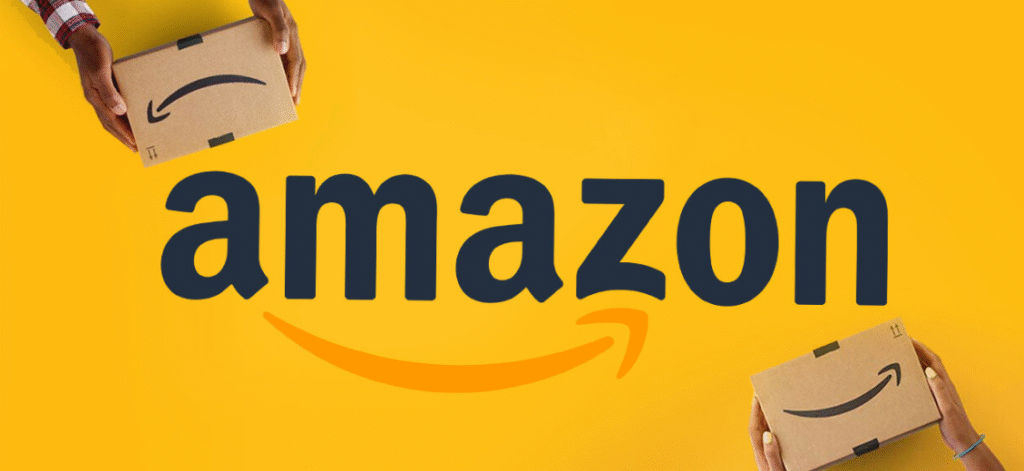Amazon has officially opened the doors to its new low-cost shopping channel — Amazon Haul — a dedicated marketplace for budget-friendly, white-label products. This move marks a major strategic shift as the e-commerce giant steps up efforts to compete with fast-rising platforms like Temu and SHEIN. For sellers, this is a golden opportunity to expand their reach and tap into a rapidly growing value-driven consumer segment.

Goodbye to Invite-Only: Amazon Haul Opens Its Doors
The Amazon Haul program originally operated under a strict invite-only policy.Back then, only a limited number of sellers—those with extensive operational experience, a large ASIN count, high sales volume, and product offerings that aligned with the platform’s strategy—were invited to join (Source: cifnews.com).
However, this has changed significantly in recent weeks. According to what I’ve learned and multiple industry sources (Source: 98ch.com; seasain.com), Amazon has substantially relaxed the onboarding criteria for Haul. This means sellers no longer have to wait for a personal invitation—they can now apply proactively, provided they meet the basic requirements.
In my view, this shift is part of Amazon’s strategic response to intensified market competition (e.g., from Temu, SHEIN, etc.) and growing consumer demand for value-priced products (Source: info.postpony.com).
How to Seize the Opportunity: New Enrollment Process Explained
With Amazon Haul now widely open for enrollment, how can you apply? The process is now more streamlined and straightforward:
- Contact Your AM: Reach out to your Amazon account manager (AM) or an official onboarding representative.
- Request the Application Link: After connecting, you’ll receive a dedicated link to the seller registration form.
- Submit Your Info: Carefully and accurately fill out the required details and submit.
- Wait for Review: Amazon will evaluate your application.
- Prepare Your Store: Once approved, you can start preparing to launch your Amazon Haul store (Source: seasain.com).
Even though the barriers have been lowered, there are still some basic requirements, including:
- You must already have an active Amazon store on the main site.
- Your products should align with Haul’s value-oriented positioning, typically consisting of white-label, low-cost items (usually under $20), suitable for cross-border shipping. Popular categories include fashion, home, and lifestyle goods (Source: info.postpony.com).
Independent Operations: What Sets Haul Apart
It’s crucial to understand that an Amazon Haul store operates completely independently from your main Amazon store. This means:
- New SKUs and ASINs: You must list entirely new SKUs and ASINs on Haul; no duplication from your main store (Source: info.postpony.com).
- Separate Strategy: Pricing, promotions, and logistics (typically MFN/self-fulfillment with low-cost shipping) must be managed independently.

Why It Matters: The Advantages of Haul
While it’s a low-price model, Amazon Haul brings several attractive benefits for sellers. Based on feedback from early adopters and project details, here are some key advantages:
- Lower Costs: Haul offers extremely competitive logistics fees (as low as $0.50 in some cases) and favorable platform fees, helping sellers maintain profit margins in a low-price environment (Source: cifnews.com).
- High Turnover, Low Inventory: Budget-friendly products sell faster, enabling better cash flow. Plus, you don’t need to stock overseas warehouses—cutting storage and freight costs (Source: cifnews.com).
- New Traffic Channel: As an independent shopping destination, Haul gives you access to a unique, price-sensitive customer base, offering fresh exposure and sales potential.
- Lightweight Operations: For sellers skilled in supply chain management and sourcing cost-effective white-label products, Haul presents a simplified and scalable channel.
Final Thoughts: Act Fast and Get Ahead
The launch of Amazon Haul is more than just a new marketplace. It’s a clear response to the evolving needs of global consumers — and a bold step into the ultra-affordable e-commerce space.
For sellers, early adoption can be a competitive edge. By acting quickly, understanding the platform’s dynamics, and adapting your pricing and logistics models, you can stake your claim in Amazon’s growing Haul ecosystem.



